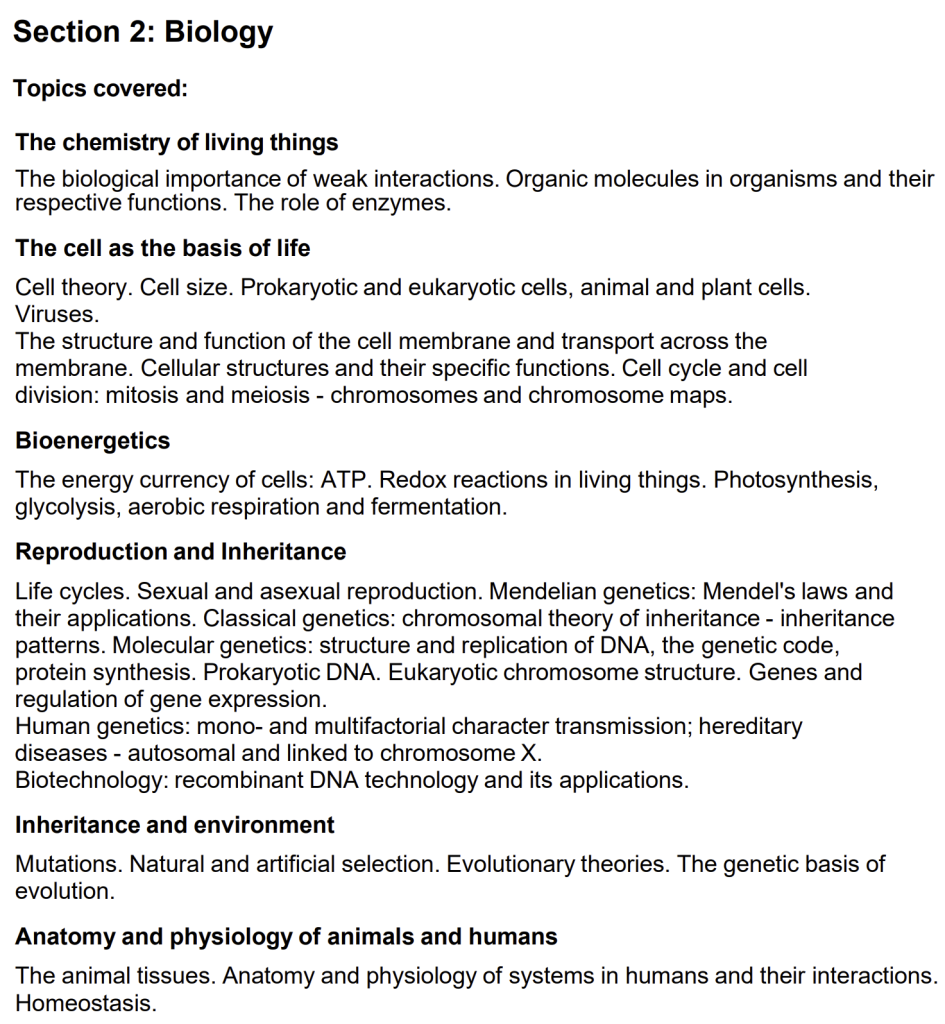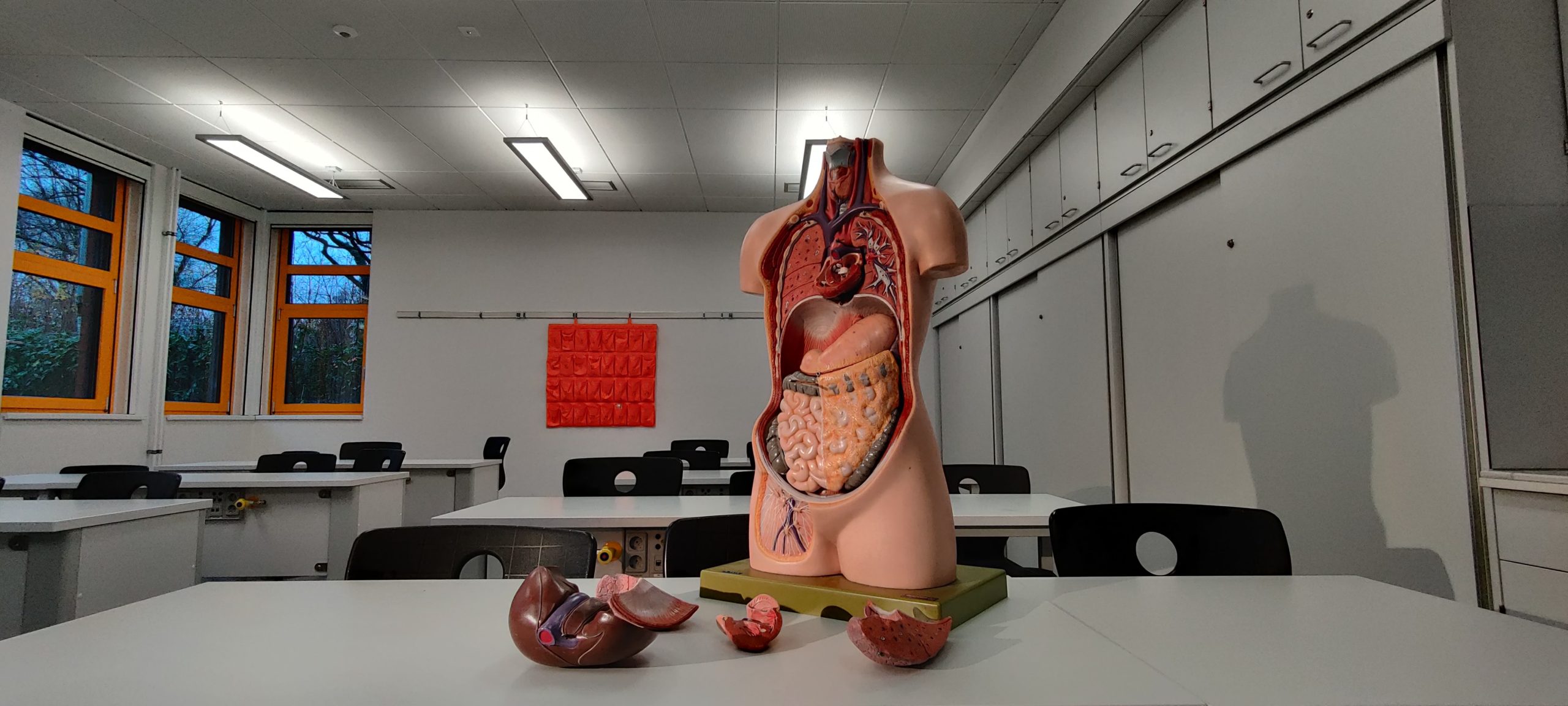

Paris University of Pavia | Ari's Past Student (2020)
18th of April, 2023In this article, we are going to be providing the PDFs for the IMAT of 2016 as well as the corresponding answer sheet. Using these as a form of simulation, it is recommended that you follow along with our analysis and recommendations to fully understand and familiarize yourself with the relevant material.
In this article, we will provide an in-depth analysis of the 2016 International Medical Admission Test (IMAT) paper. The IMAT is a critical examination for candidates seeking admission to medical schools in various countries, primarily Italy. A strong performance in the IMAT is essential for securing a place in highly competitive medical programs. Our analysis will delve into each section of the 2016 paper, offering insights, tips, and strategies to help future candidates better understand the exam and prepare effectively.
Content Quick Navigation
Section 1: IMAT 2016 Critical Thinking Section Analysis
The Critical Thinking section is an essential component of the IMAT, as it assesses candidates’ ability to analyze complex information, evaluate arguments, and make sound judgments. A strong foundation in critical thinking skills is crucial for aspiring medical professionals, as it supports their decision-making and problem-solving abilities in clinical settings. In this part of our analysis, we will explore the specific topics and question types covered in the 2016 Critical Thinking section and provide suggestions on how to effectively prepare for this portion of the exam.
Logical Reasoning
In the 2016 IMAT paper, the Logical Reasoning questions covered a range of topics that demanded candidates showcase their skills in various aspects of critical thinking:
- Extracting conclusions from passages: Candidates were required to read complex texts and identify the main points or conclusions derived from the information presented.
- Weakening passage arguments by identifying the best choice: This skill involves critically evaluating an argument and determining the most effective way to weaken it.
- Determining underlying assumptions: Candidates needed to recognize unstated premises or assumptions that support the given argument.
- Understanding the logical structure of passages: This aspect tested the candidates’ ability to identify the logical relationships between statements within a passage.
To effectively prepare for this portion of the exam, candidates should:
- Practice analyzing arguments from various sources such as books, articles, and debates to improve their ability to dissect arguments and understand the underlying logic.
- Complete practice exercises that specifically target the skills required for logical reasoning, focusing on identifying conclusions, assumptions, and logical structures.
- Reflect on their own thought processes and decision-making, as this can help develop an awareness of the logic and assumptions that underlie their own reasoning.
Problem-Solving
The 2016 IMAT Problem-Solving questions offered a balanced combination of numerical and spatial puzzles, with most being of medium difficulty. To excel in this part of the exam, candidates should:
- Regularly practice different types of numerical and spatial puzzles to sharpen their problem-solving skills, focusing on identifying patterns and relationships within the problems.
- Work on developing a systematic approach to problem-solving that includes understanding the problem, devising a plan, carrying out the plan, and evaluating the solution.
- Utilize online resources, such as puzzle websites, mobile apps, or educational platforms that offer a diverse range of practice problems and tailored feedback on performance.


General Knowledge
The General Knowledge portion of the 2016 IMAT included two questions that tested candidates’ knowledge of:
- NATO member countries: Candidates were expected to know which countries are part of the North Atlantic Treaty Organization.
- The Seven Wonders of the World: This question required candidates to identify famous landmarks considered to be the most remarkable creations of classical antiquity.
To prepare for this section, candidates should:
- Read widely and consistently from reputable news sources, reference materials, and books to expand their knowledge of current events, historical facts, and cultural landmarks.
- Utilize educational platforms, flashcards, or quiz apps to test and reinforce their knowledge of various topics in a structured and engaging manner.
- Form study groups with peers to engage in discussions or participate in quiz events, as this can help make the learning process more interactive, enjoyable, and effective in retaining information.
By adopting a diverse range of targeted preparation strategies for each part of the Critical Thinking section, candidates can effectively improve their performance on the IMAT and enhance their prospects for success in the medical school admissions process.
Section 2: IMAT 2016 Biology Analysis


Introduction
In the 2016 IMAT exam, the Biology section tested candidates on a wide range of topics, encompassing cellular and molecular biology, genetics and evolution, and physiology and biochemistry. A comprehensive understanding of these areas is crucial for success in the examination. In this analysis, we’ll take a closer look at the specific topics covered in this section and provide valuable preparation strategies to help candidates excel in this crucial part of the IMAT.
| Topic | Number of Questions |
|---|---|
| The chemistry of living things | 3 |
| The cell as a basis of life | 6 |
| Bioenergetics | 1 |
| Reproduction & Inheritance | 3 |
| Inheritance & Environment | 2 |
| Anatomy & Physiology | 3 |
Question Topics
Cellular and Molecular Biology
The 2016 IMAT Biology section featured questions on the following topics related to cellular and molecular biology:
- Organelles: Candidates were tested on their knowledge of the structure, function, and role of various cellular organelles.
- Gene alleles: Questions focused on understanding the concept of gene alleles and their role in genetic variation.
- DNA transcription and translation: This topic covered the process of converting DNA information into functional proteins.
- DNA components: Candidates needed to know the structure and composition of DNA molecules.
- Size of cells: This topic required an understanding of cell sizes and the factors influencing them.
- Plasmid: Questions on this topic dealt with the structure and function of plasmids in bacterial cells.
- Dipeptide bonds: Candidates were tested on their knowledge of peptide bond formation and protein structure.
Genetics and Evolution
The exam also included questions on genetics and evolutionary processes:
- Evolutionary processes: Candidates were required to understand the mechanisms driving evolution, such as natural selection and genetic drift.
- Independent assortment of genes: This topic involved understanding how genes are inherited independently during sexual reproduction.
- Meiosis: Candidates needed to be familiar with the process of meiosis, which produces gametes with half the genetic material of parent cells.
Physiology and Biochemistry
Additionally, the 2016 paper covered topics related to physiology and biochemistry:
- Transgenic plant: Candidates were tested on their understanding of genetically modified plants and their applications.
- Biliary system: Questions focused on the structure and function of the biliary system within the human body.
- Nervous heart rate control: Candidates needed to know the role of the nervous system in regulating heart rate.
- Respiratory enzymes: This topic required an understanding of the enzymes involved in cellular respiration.
- Neuron potential: Questions on this topic dealt with the electrochemical processes occurring in neurons.
- Photosynthesis: Candidates were expected to understand the process by which plants convert light energy into chemical energy.


To prepare for the Biology section, candidates should:
- Review relevant textbooks and course materials to build a strong foundation in the topics mentioned above.
- Utilize online resources, such as educational platforms, video tutorials, and interactive quizzes, to supplement their learning and test their understanding.
- Create concise notes or flashcards summarizing key concepts, definitions, and processes for efficient revision.
- Practice answering past exam questions to familiarize themselves with the format and improve their ability to apply their knowledge under time pressure.
By following these strategies and focusing on the key topics covered in the 2016 IMAT Biology section, candidates can enhance their understanding and increase their chances of success in this vital part of the examination.




”Anatomy and Physiology” are usually a major part of the IMAT Biology section. Unfortunately, studying them might be troubling for a lot of students due to the vast amount of material they contain but no need to worry, really understanding the main concepts are mostly enough to answer any and all questions!
Section 3: IMAT 2016 Chemistry Analysis
Introduction
The Chemistry section of the 2016 IMAT exam featured a diverse range of topics, testing candidates on both fundamental concepts and more specific knowledge related to chemical reactions, organic chemistry, and solution properties. In this analysis, we will break down the topics covered in this section, providing helpful insights and tips on how to prepare effectively for the Chemistry portion of the IMAT exam.
| Topic | Number of Questions |
|---|---|
| The composition of matter | 0 |
| Atomic Structure | 3 |
| The periodic table of the elements | 0 |
| The chemical bond | 2 |
| Fundamentals of inorganic chemistry | 0 |
| Chemical reactions and stoichiometry | 2 |
| Solutions | 2 |
| Oxidation and reduction | 0 |
| Acids and bases | 1 |
| Fundamentals of organic chemistry | 2 |
Questioned Topics
Basic Concepts and Chemical Reactions
The 2016 IMAT Chemistry section included questions on the following topics related to basic concepts and chemical reactions:
- Alkaline solutions: Candidates were tested on their understanding of the properties and reactions of alkaline solutions.
- Equilibrium reactions: Questions focused on the principles of chemical equilibrium and the factors affecting it.
- The concentration of a solution: This topic required an understanding of how to calculate and manipulate the concentration of solutions.
- pH calculation: Candidates needed to be familiar with calculating the pH of a solution and the underlying concepts of acidity and alkalinity.
- Bond angles: Questions on this topic dealt with the geometry of molecular structures and the factors influencing bond angles.
Organic Chemistry
The exam also featured questions on organic chemistry, specifically:
- Organic functional groups: Candidates were required to understand the structure and properties of various organic functional groups and their role in determining the behavior of organic molecules.
Redox Chemistry
Lastly, the 2016 paper included questions on redox chemistry:
- Oxidation states: Candidates needed to know how to assign oxidation states to elements in chemical compounds and understand their significance in redox reactions.
To prepare for the Chemistry section, candidates should:
- Develop a solid foundation in chemistry by reviewing textbooks, course materials, and online resources that cover the key topics mentioned above.
- Engage in active learning by solving practice problems, using flashcards, or creating mind maps to reinforce understanding of the concepts.
- Join study groups or seek guidance from certified tutors or instructors to clarify doubts and strengthen areas of weakness.
- Regularly attempt past exam questions to familiarize themselves with the question format and improve their ability to apply their knowledge under exam conditions.
By following these strategies and focusing on the key topics covered in the 2016 IMAT Chemistry section, candidates can improve their understanding and increase their chances of performing well in this crucial part of the examination.


Section 4: Mathematics and Physics Analysis
The Mathematics and Physics section of the 2016 IMAT exam, while being the smallest in terms of the number of questions, still played a crucial role in testing candidates on their problem-solving skills and understanding of fundamental concepts. In this analysis, we will delve into the specific topics covered in both the Physics and Mathematics portions of this section, providing useful preparation tips and insights to help candidates excel in this part of the IMAT exam.
Physics
The 2016 IMAT Physics section featured questions on the following topics:
- Resistor systems: Candidates needed to understand how to calculate equivalent resistance in series and parallel resistor networks.
- Uniform horizontal beam: Questions focused on the static equilibrium and forces acting on a uniform horizontal beam.
- Thermodynamics: Candidates were tested on their knowledge of the basic principles of thermodynamics, such as heat transfer and temperature changes.
- Dynamics: Questions in this area tested the candidates’ understanding of the fundamental concepts of force, acceleration, and motion.
Mathematics
The Mathematics portion of the 2016 exam included questions on the following topics:
- Right-angled triangle: Candidates needed to understand and apply the Pythagorean theorem and trigonometric relationships within right-angled triangles.
- Straight-line graph: Questions required knowledge of the properties and equations of straight lines in coordinate geometry.
- Algebraic calculations: Candidates were tested on their ability to manipulate algebraic expressions and solve equations.
To prepare effectively for the Mathematics and Physics section, candidates should:
- Utilize online video tutorials and lectures from reputable sources that cover the key topics mentioned above. This can help candidates gain a visual understanding of the concepts and see step-by-step problem-solving in action.
- Create flashcards or concise summaries of essential formulas, equations, and principles for each topic, as these will serve as valuable resources for quick revision before the exam.
- Time themselves while solving practice problems to build the necessary speed and accuracy required for the exam, gradually reducing the time allowed as they become more proficient.
- Identify and focus on their weak areas, dedicating extra time and effort to mastering those topics. This may involve seeking clarification from teachers, tutors, or peers, and working through additional exercises to reinforce understanding.
By concentrating on the key topics covered in the 2016 IMAT Mathematics and Physics section and following these new preparation strategies, candidates can enhance their understanding and improve their performance in this crucial part of the examination.

